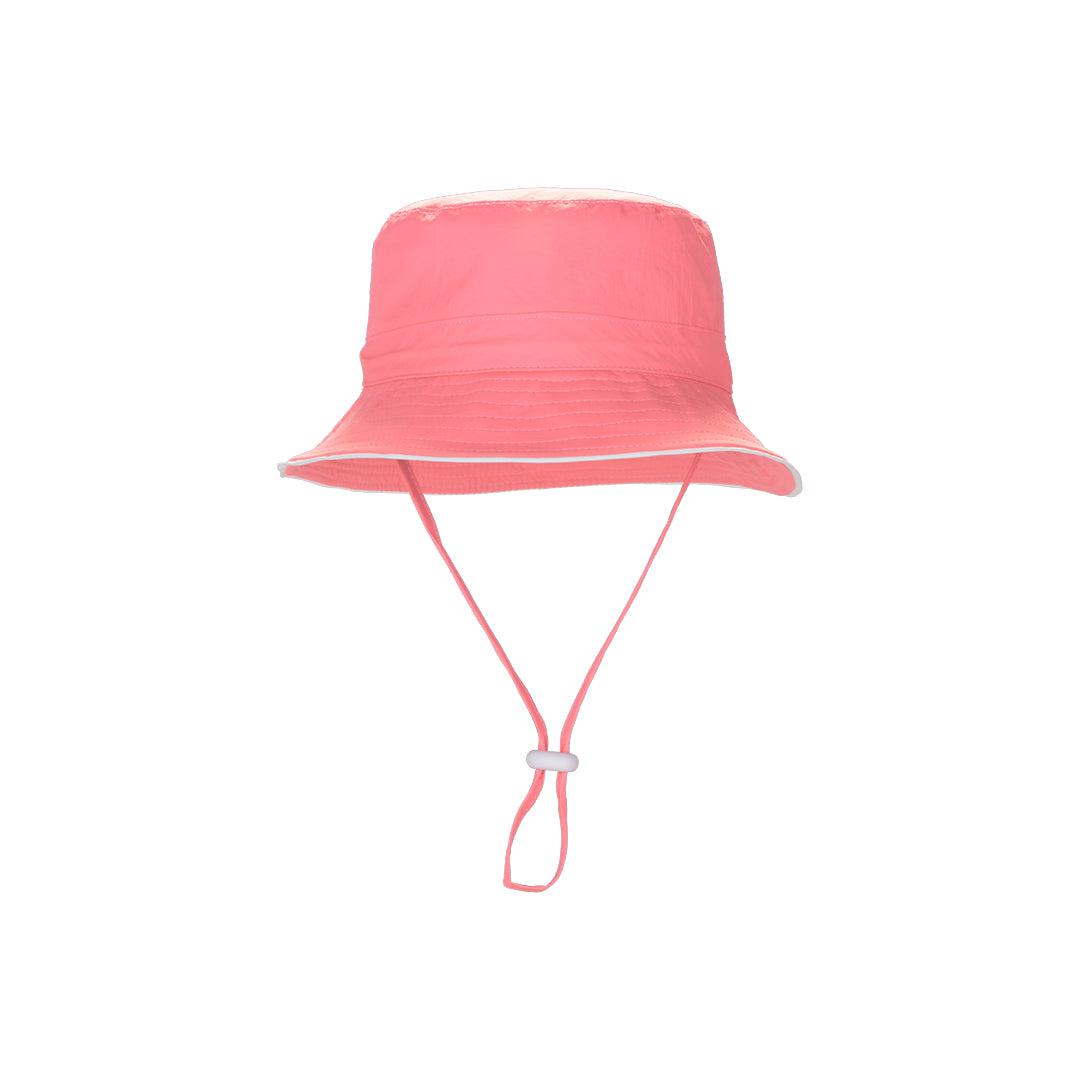Kid-friendly explanation of the human eye
As a parent, you’ll take on lots of other titles from chef, taxi to cleaner but one of them - their teacher - will become more important when that infamous “why” word is integrated into their daily vocab.
I think we all agree, especially over lockdown, that we have an even bigger respect to all the teachers out there because it can be tough! But don’t worry, we’re here to kit you out with all the necessary info to ace that next biology homework session - more specifically, on the human eye! We’ve kept it super simple too, so you can teach it like a pro without having to do lots of your own research…

Well, why do we see?
OK, let’s start with the first question which of course, will be “why”? So, each of our 5 senses are actioned by an organ (a body part that must do something), so for sight, our organ is our eye. The human eye is very cool, as it has thousands of tiny muscles that work together that tell our brains what something looks like.
As sight is one of our five senses, it works to help our brain understand the world around us. Let’s take an orange for example:
- We use our sight to see the colour and shape of an orange
- Our touch to pick up and feel the orange
- Our noses to smell the sweetness of the orange skin
- Our mouth and tongue to taste the orange.
- Then, we use our ears to hear the squelch of the orange being eaten.
This means without sight, we wouldn’t be able to see anything, but we would still be able to experience all four other senses.

What makes up the eye?
Before we begin, let’s start with basics – the language. This bit gets a little more complicated as the words can look a little scary. So, we’ve popped them down phonetically so your little learners can sound them out easy as 1,2,3.
- Iris (ai·ruhs)
The iris is the coloured part of the eye which is how you know if you have brown eyes, green eyes, or blue eyes.
- Pupil (pyoo·pl)
Can you see the dark opening in the middle of your eye, surrounded by the iris? That’s the pupil and it allows light to enter the eye.
- Sclera (skleeuh·ruh)
The sclera is the white part of the eye. It provides support for the eye and helps it keep its shape.
- Cornea (kaw·nee·uh)
The cornea is a transparent cover over the iris and the pupil. It lets light pass through it and enter the iris. Corneas are convex shapes, meaning that it curves outwards, and the middle is thicker than the edges.
- Vitreous humor (Vih·tree·uhs hew·morr)
The vitreous humor is a transparent, colorless, gel-like substance located in the posterior chamber of the eye.
- Optic Nerve (op·tuhk nuhv)
The optic nerve is hidden in the back of the eye and connects to the brain to communicate what you're seeing.
- Lens (le·ns)
The lens is a part of the eye which changes shape, getting thicker or thinner to adjust how much light is let in and focusing it as light beams onto the retina. This is how you can create clear images of objects even if they’re at different distances.
- Retina (reh·tin·uh)
The retina is the inside lining of the back of the eye that changes light waves into electrical signals which are sent onto the brain, allowing us to interpret the picture we see.
- Macula (Mah·kew·lah)
The macula is part of the retina at the back of the eye. It is only about 5mm across but is responsible for our central vision
- Fovea (Foh·vee·yah)
The fovea, a part of the eye, is a spot located in the center of the macula and helps sharpen central vision, which is necessary for reading, watching television or movies, driving, and any activity where seeing detail is important.
Using your eyes, check out this diagram

More terminology
- Eyelid (ai·lid)
Eyelids protect the eye and spread tears around to keep the eyeball and the socket moist and clean.
- Ciliary Muscle (si·leeuh·ree muh·sl)
The ciliary muscle is connected to the lens and is a part of the iris. It allows the lens to change shape, becoming thicker or thinner.
- Anterior Chamber (an·teeuh·ree·uh chaym·buh)
The anterior chamber is a small space between the cornea and the iris and is filled with a watery fluid.
- Lacrimal Duct (Lakruh·mul)
As you know, tears keep the eye moist and clean. Well, the lacrimal duct drains those tears away when they’re no longer needed.

How does the eye work?
- First, light rays enter the eye through the cornea, the clear “window” of the eye which bends light to help the eye focus.
- Next, the cornea lets light pass through the opening called the pupil. The amount of light passing through here is controlled by the iris (or the colored part of your eye).
- Then light passes through the lens which works together with the cornea to focus light correctly onto the retina.
- When light hits the retina, clever cells called photoreceptors turn the light into electrical signals.
- Finally, these electrical signals travel from the retina through the optic nerve to the brain and turns into the images you see.

Peeping it fun!
If you've made it this far, congrats! It's a lot to take in, so make sure to reward your little learners with some fun facts for all their hard work. Here are some eye-opening facts that are sure to wow!
1. The human eyeball stays the same size forever but our nose and ears continue to grow!
2. Our retinas see the world upside down but the brain flips the image so we see the world the right way round.
3. After the brain, the eyes are the second most complex organ with over 2 million working parts.
4. Newborns can't cry! Tears in the baby’s eye start when baby is about 1-3 months old because their tear ducts haven’t developed yet.
5. It's impossible to sneeze with your eyes open (we know you're going to have to test this one out!).
6. Only 1/6th of your eyeball is visible!
7. 80 percent of all memories are learned through our eyes.
8. The world's first blue-eyed person is said to have lived 6,000-10,000 years ago.
9. About one half of the human brain is dedicated to vision and seeing!
10. Everyone has one eye that is slightly stronger than the other - do you know yours?
Babiators eyes to the challenge
So as well as being super stylish, at Babiators we want to protect our rockstar's precious pupils! You can see (quite literally!) the important role they play in helping us to live awesomely in this world. Check out or fantastic range of Originals, Blue Series and Screen Saver options to protect eyes all year round!










